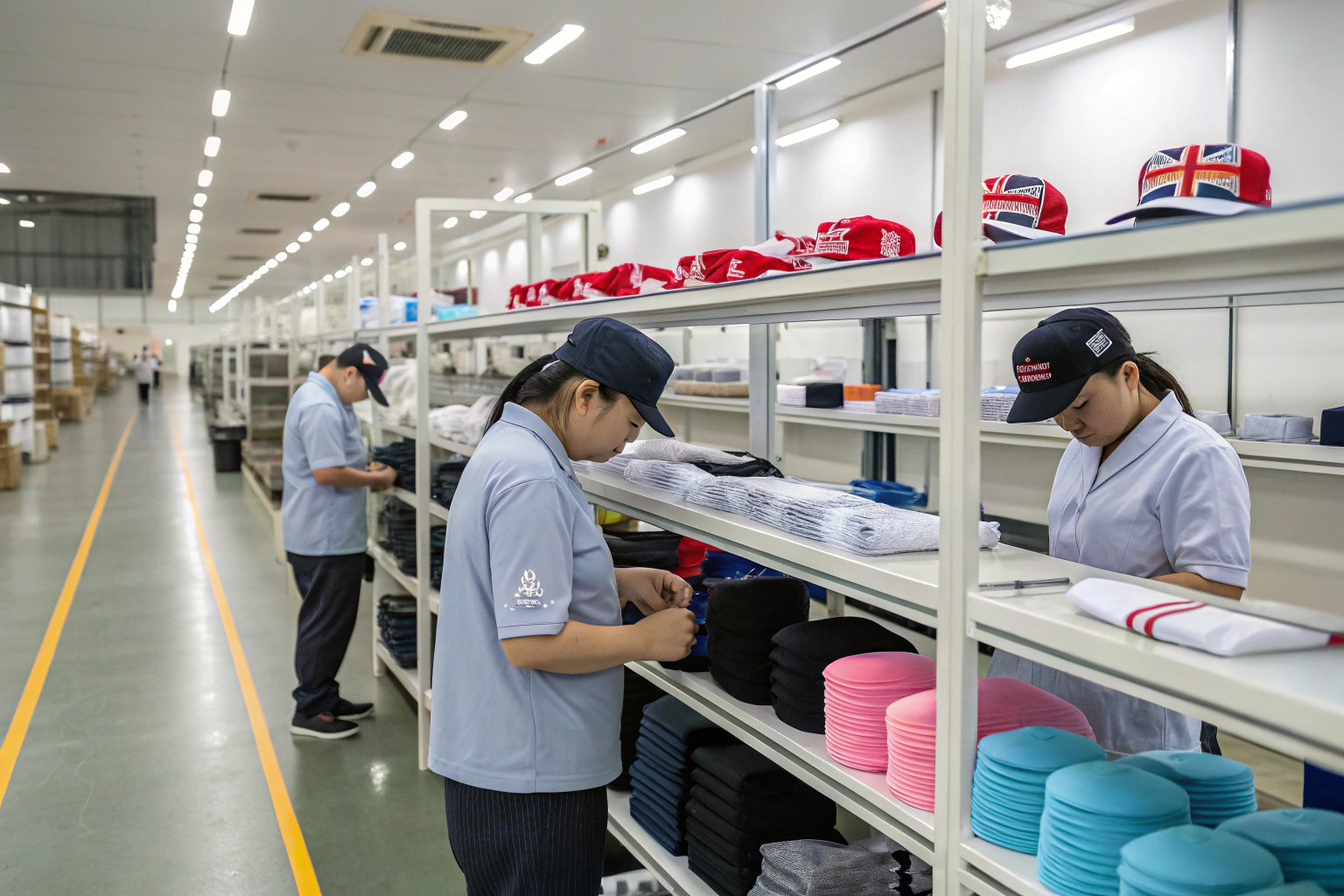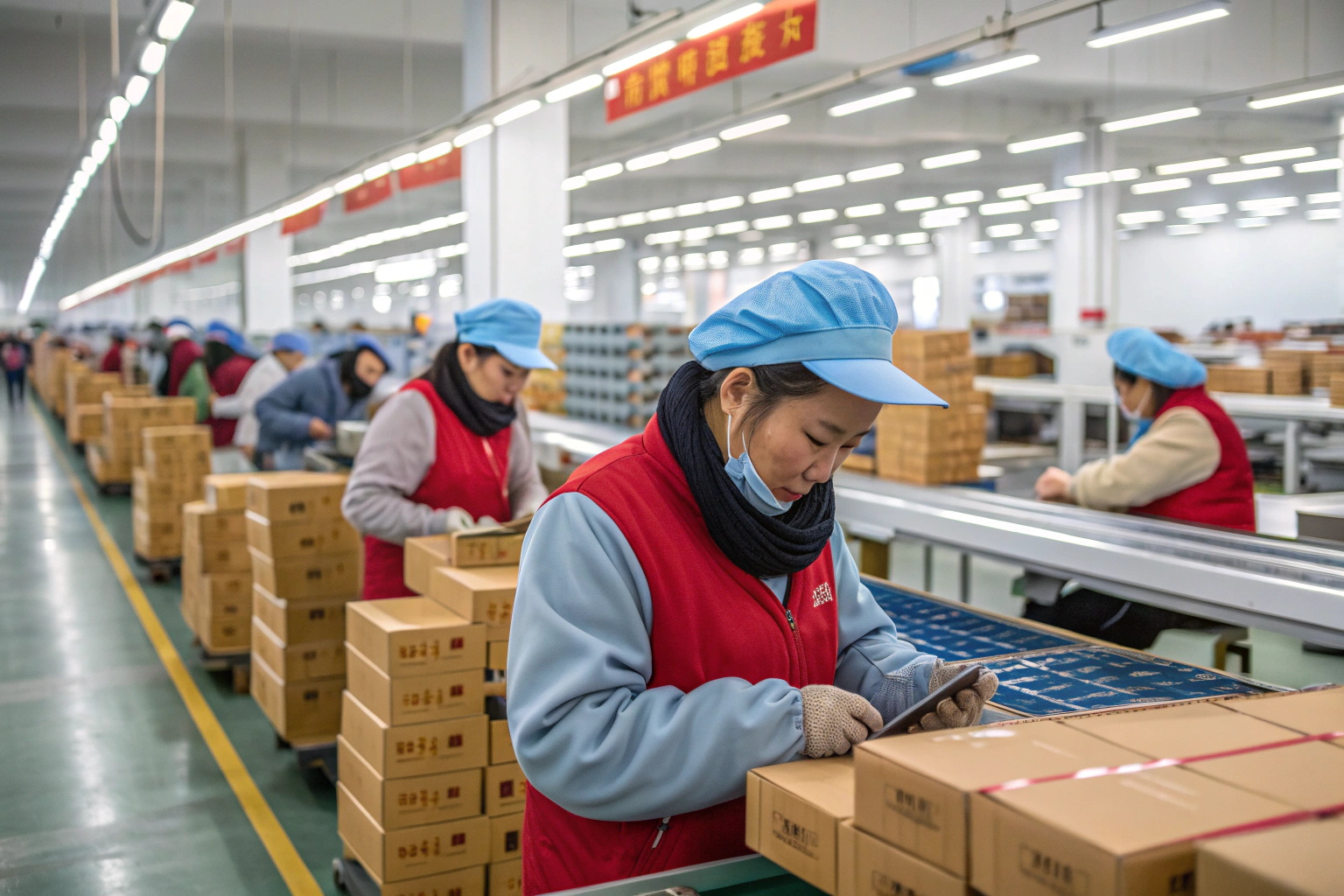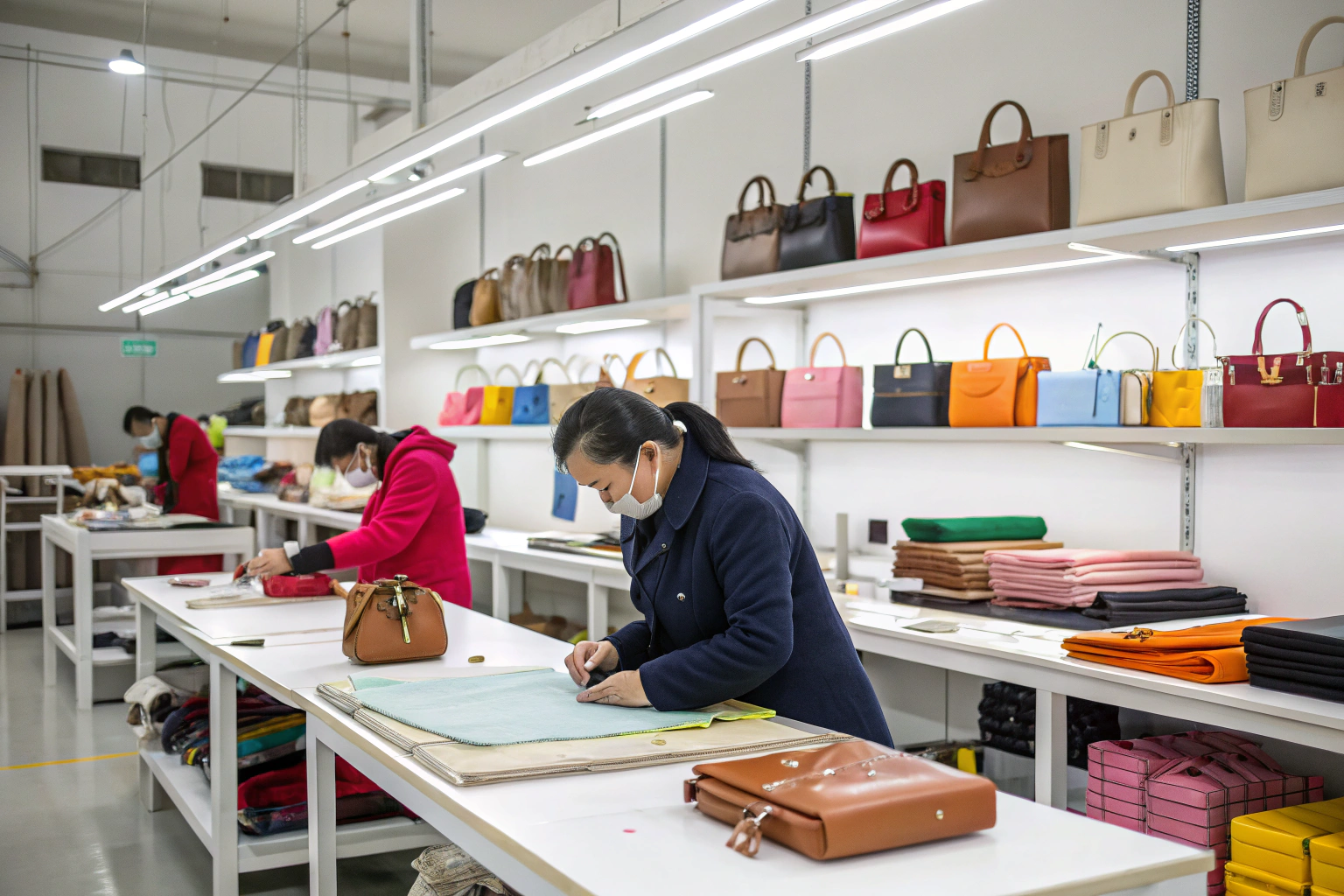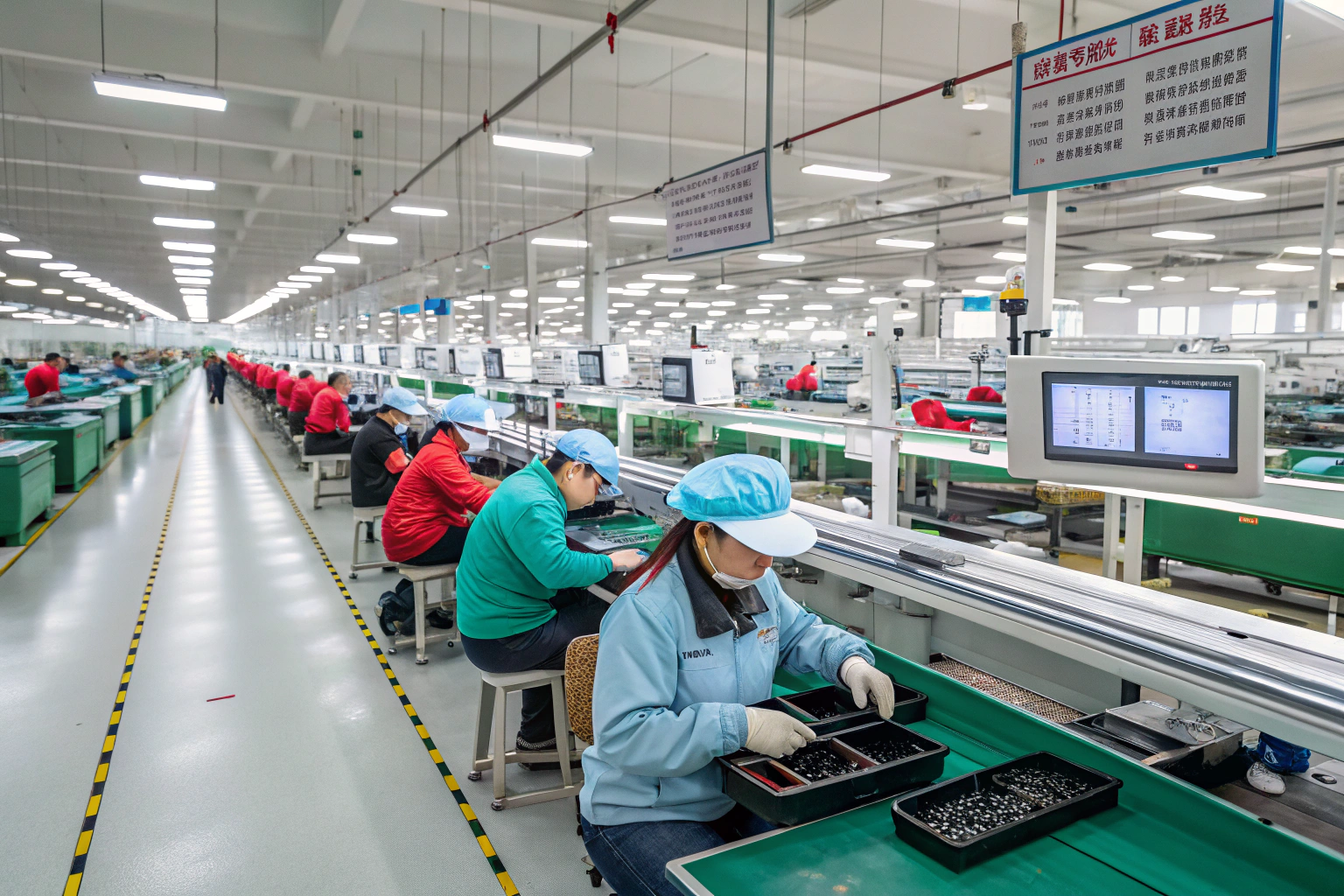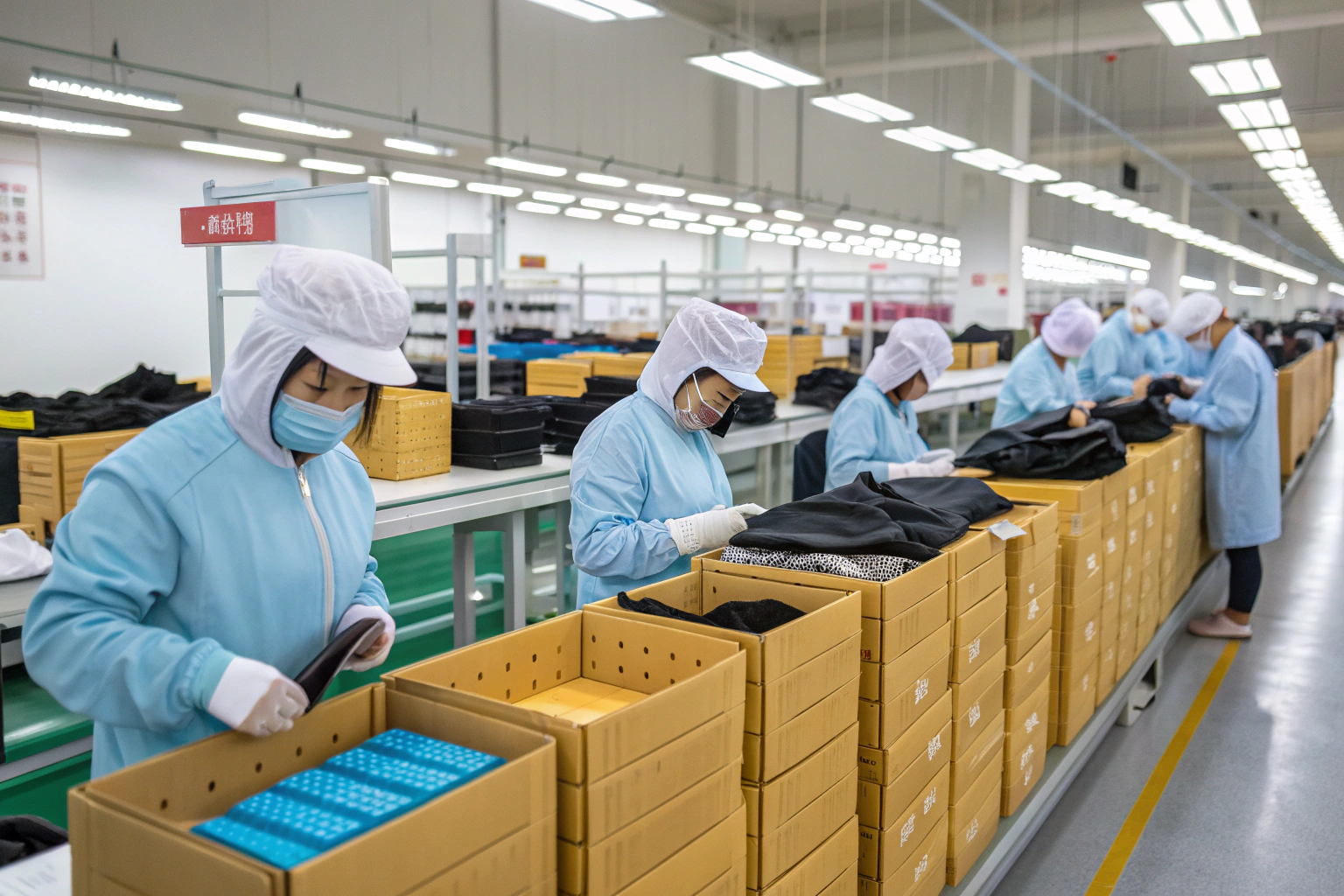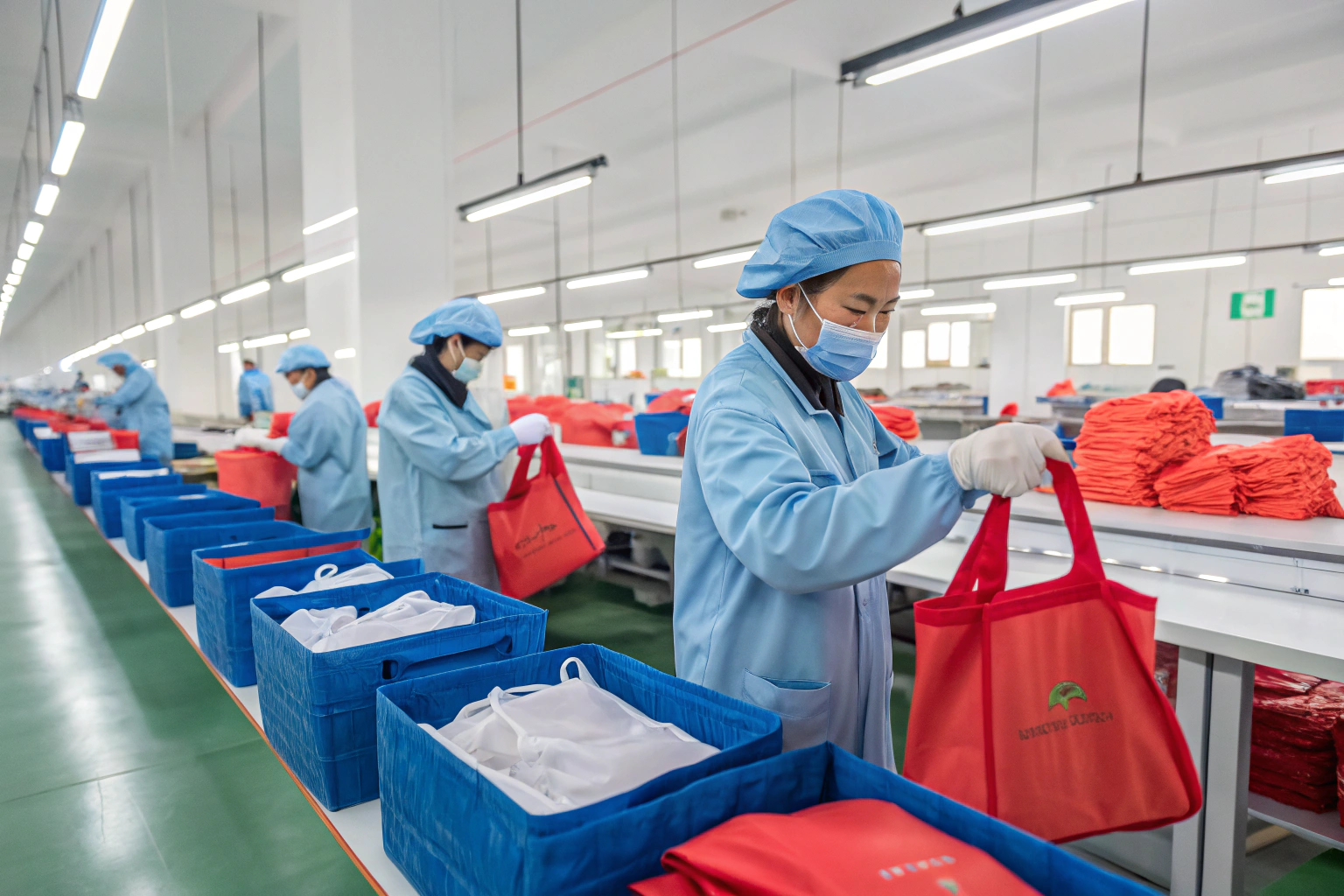Sourcing from China is filled with opportunities, but it also comes with uncertainty—especially at the beginning of a supplier relationship. Whether you’re ordering accessories like headbands, scarves, or custom belts, how do you know your supplier is honest, competent, and reliable?
Building trust with a new Chinese supplier involves clear communication, gradual order scaling, due diligence, and collaborative relationship-building from day one. Trust isn't automatic—it must be earned through repeated proof of professionalism and reliability.
As a Chinese accessories manufacturer working with leading buyers in the U.S. and Europe, we’ve seen both sides. Here’s what makes clients trust us—and what you should expect when you start working with any new supplier.
How Important Is Supplier Verification Before First Contact?
Before you message or place a sample order, verifying your supplier’s identity and background is critical.
Conduct factory verification through platforms, audits, and third-party checks to avoid fraud and ensure legitimacy.

What Are the Best Platforms to Verify Supplier Legitimacy?
Platforms like Made-in-China and Global Sources offer business license reviews, company profiles, and video factory tours. But don’t stop there—ask for a copy of their Chinese business license and match it with their company name using the National Enterprise Credit Info portal.
Also check if they have certifications like ISO 9001, BSCI, or Sedex—especially if you're supplying to major retailers.
Can You Use a Third-Party Audit Before Ordering?
Absolutely. Many sourcing agents and inspection companies in China offer a factory audit service. Firms like QIMA or SGS can send inspectors to verify factory operations, review labor conditions, and check production capacity.
If you can’t travel to China, this small investment gives you peace of mind—and a negotiation edge.
What Should You Communicate in Early Conversations?
First impressions shape long-term relationships. The clearer you are upfront, the smoother things go later.
Set expectations early around product specs, timelines, communication frequency, and order process. Use visuals and structured documents.

Why Should You Use Visuals in Communication?
Visual tools like tech packs, sample photos, packaging sketches, and Bill of Materials (BOM) help reduce misunderstandings. Most Chinese factories rely on visuals more than long English emails.
Tools like Canva or Figma are useful for creating clear illustrations of product designs or packaging expectations. Clarity helps the supplier trust that you know what you want—and increases the chances they’ll prioritize your request.
How Often Should You Communicate at the Start?
During sampling or first orders, daily or every-other-day check-ins are ideal. Use structured updates, not vague emails. Share timelines and request photos or videos of each milestone. We often use WeChat to communicate with overseas clients in real-time.
Regular contact builds rapport and prevents mistakes from escalating.
Should You Start with Small, Low-Risk Orders?
Trust is built by actions. Small orders let both sides evaluate each other in a low-pressure setting.
Begin with sample or trial orders under $5,000 to test quality, communication, and delivery reliability before scaling.

What Can You Learn from the First Trial Order?
You’ll get insight into product finish, labeling accuracy, carton packing, and delivery timing. Also observe how the supplier responds when small issues come up.
At AceAccessory, we treat small orders with the same care as large ones, because we believe they reflect our reliability. Many of our long-term clients began with just one or two trial cartons of hairbands or scarves.
Should You Pay in Full Upfront for First Orders?
Ideally, no. A split payment—30% upfront, 70% after inspection or shipment—is standard. For small sample orders, full payment might be acceptable, but insist on trade assurance (if using a platform) or request video confirmation before final payment.
What Builds Long-Term Trust Beyond the First Order?
Trust grows from consistency—on both sides. Once the first order goes well, focus on collaboration and transparency.
Review quality, share feedback, and involve your supplier in planning. Let them know your goals and growth plans.

How Can Feedback Strengthen the Relationship?
Most Chinese factories welcome feedback, especially when it’s constructive and specific. If a sample wasn’t sewn cleanly or a tag was off-center, show pictures and explain why it matters. It helps us improve and proves that you're serious about quality.
Use platforms like Loom to record video feedback with visual references—it’s efficient and clear.
What Signals to a Supplier That You're a Reliable Buyer?
Paying on time, being decisive, and sharing long-term plans all help. When a buyer tells us, “If this trial goes well, we plan to launch three SKUs this year,” we’re more motivated to impress.
Also, visiting the factory—even virtually—or inviting the supplier to upcoming trade shows (like the Canton Fair or MAGIC Las Vegas) can deepen the trust. Many of our best collaborations started from such simple efforts.
Conclusion
Trust between a buyer and a Chinese supplier isn’t built overnight. It takes proactive effort—clear verification, strong communication, trial orders, and mutual respect. When you invest time upfront and follow a methodical process, you build not just a reliable supply chain, but a partnership that can last for years.
At AceAccessory, we believe in transparency, flexibility, and partnership-first thinking. That’s what earns long-term clients—and what you should look for in any Chinese supplier.




